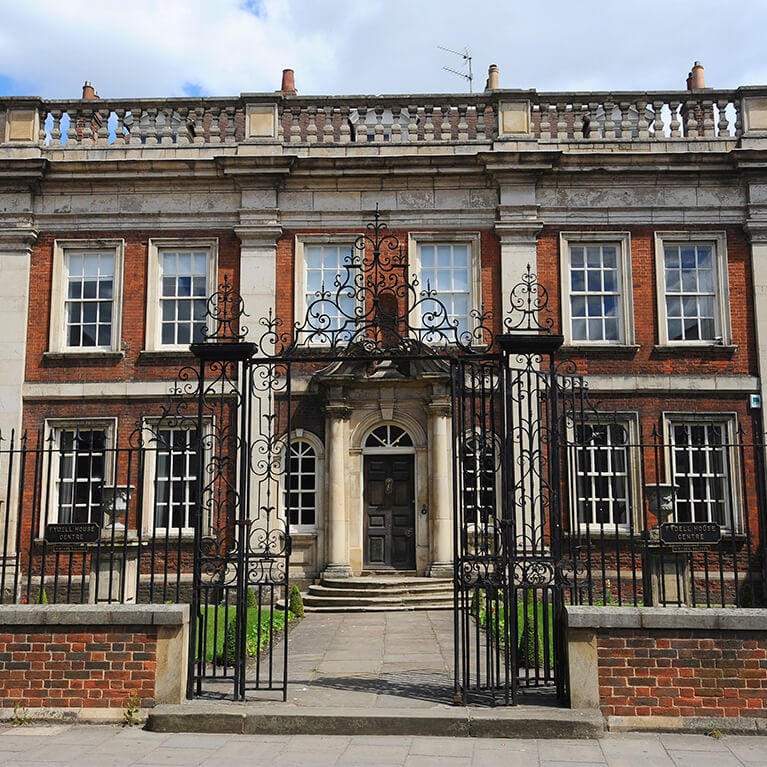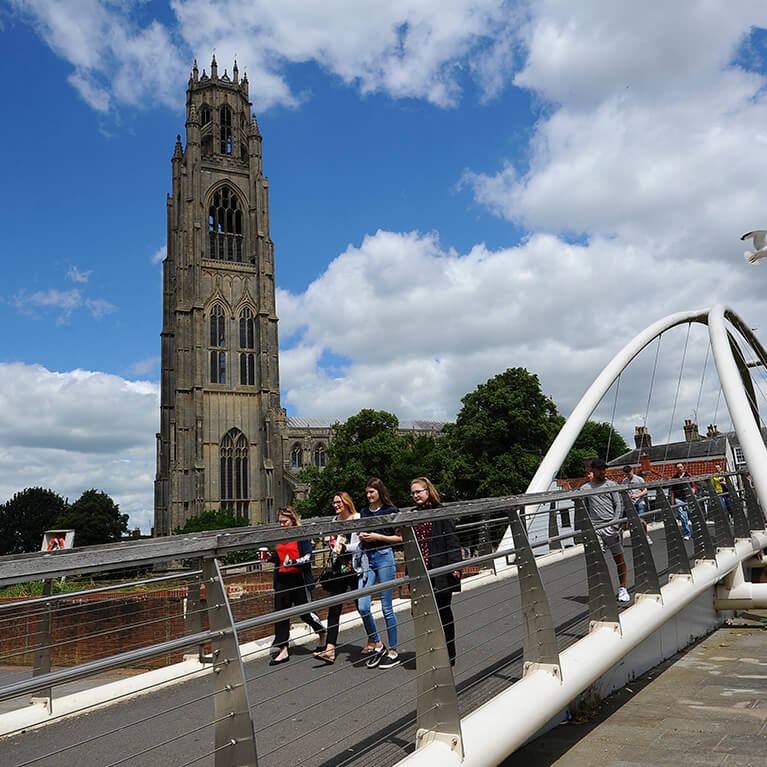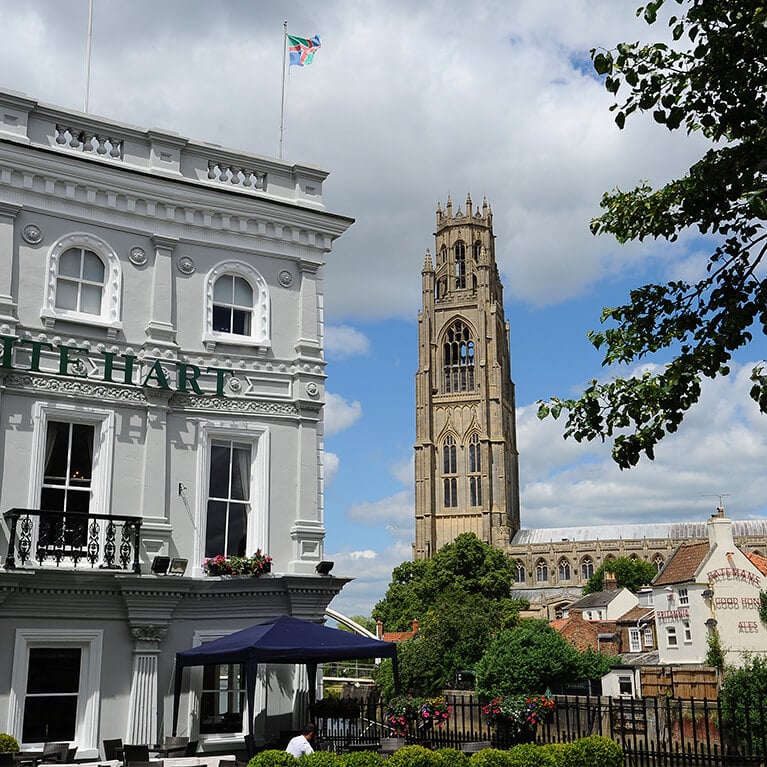(3.44km)
30 mins
St Botolph (Patron Saint of Travellers) name was commonly chosen for travellers lodges and similar buildings across the country. The name Boston is believed to be a contraction of “Saint Botolph’s town” or “Saint Botolph’s stone.”
Starting point
Boston Station, Station Approach, Boston, Lincolnshire, PE21 8RN
Linked to Public Transport
Points of interest:
Boston is believed to have grown into a town in the late 11th century and was a busy little port doing much international trade with Europe. By 1125 Boston held annual fairs as well as weekly markets, merchants came from all over Europe to trade, wool was very popular at the time. By 1848 Boston became the largest and richest town in the country, then the Great Northern Railway arrived transforming trade in and out of the town making it much quicker, subsequently bringing an end to the port trading Boston had been so used to.

- 1Boston Station
- The station boasts a beautiful eco - garden, complete with a bug hotel and an EMR branded barrell train beautifully planted and looked after by the dedicated Station Adopters.
- 2Fishermen’s Memorial
- Fishing in wartime is perilous. In WWI, ten Boston trawlers were captured or sunk, and their crews were imprisoned. In total, 22 trawlers were lost, and 80 fishermen perished. This monument pays tribute to these men.
- 3St Botolph’s Church
- The Church was constructed during the 14th Century. Boston stump was the name given to the tower and was added between the 15th and 16th century. For hundreds of years it acted as a landmark for sailors.
- 4Central Park
- The park was originally commissioned as a private deer estate in the late 18th century. The park now gives the public a beautiful open space for families and many visitors providing a multi - use game area and skate park.
- 5Pescod Hall
- The Hall dates back to around 1450. The square in which Pescod Hall is situated is named after the Pescod family who were a notable family amongst the merchant community within Boston. It was taken down and rebuilt in 1973.
- 6Fydell House
- This Georgian house was built in the early 1700’s by the Jackson family, it was later bought and altered by Joseph Fydell giving it its current name. Fydell was a cloth importer and local merchant. It still boasts original features such as the formal walled garden.
- 7Swan House
- Built in 1877, this building is best known for being Fogarty’s feather factory it replaced a factory that previously burnt down. Geese were kept on the local fens for hundreds of years and their feathers plucked twice a year and stuffed into pillows for the wealthy and rich. This factory purified the feathers before being used for feather pillows.
other walks on the Poacher Line
Explore a collection of scenic walks around picturesque market towns and villages, all accessible via the Poacher Line railway.
find out more
Poacher Line Station Walks
Enjoy a collection of walking routes accessible by rail. All along the Poacher Line you can find historic landmarks to visit, scenic walks, visitor attractions and monuments that are accessible up and down the award winning Poacher Line railway.




